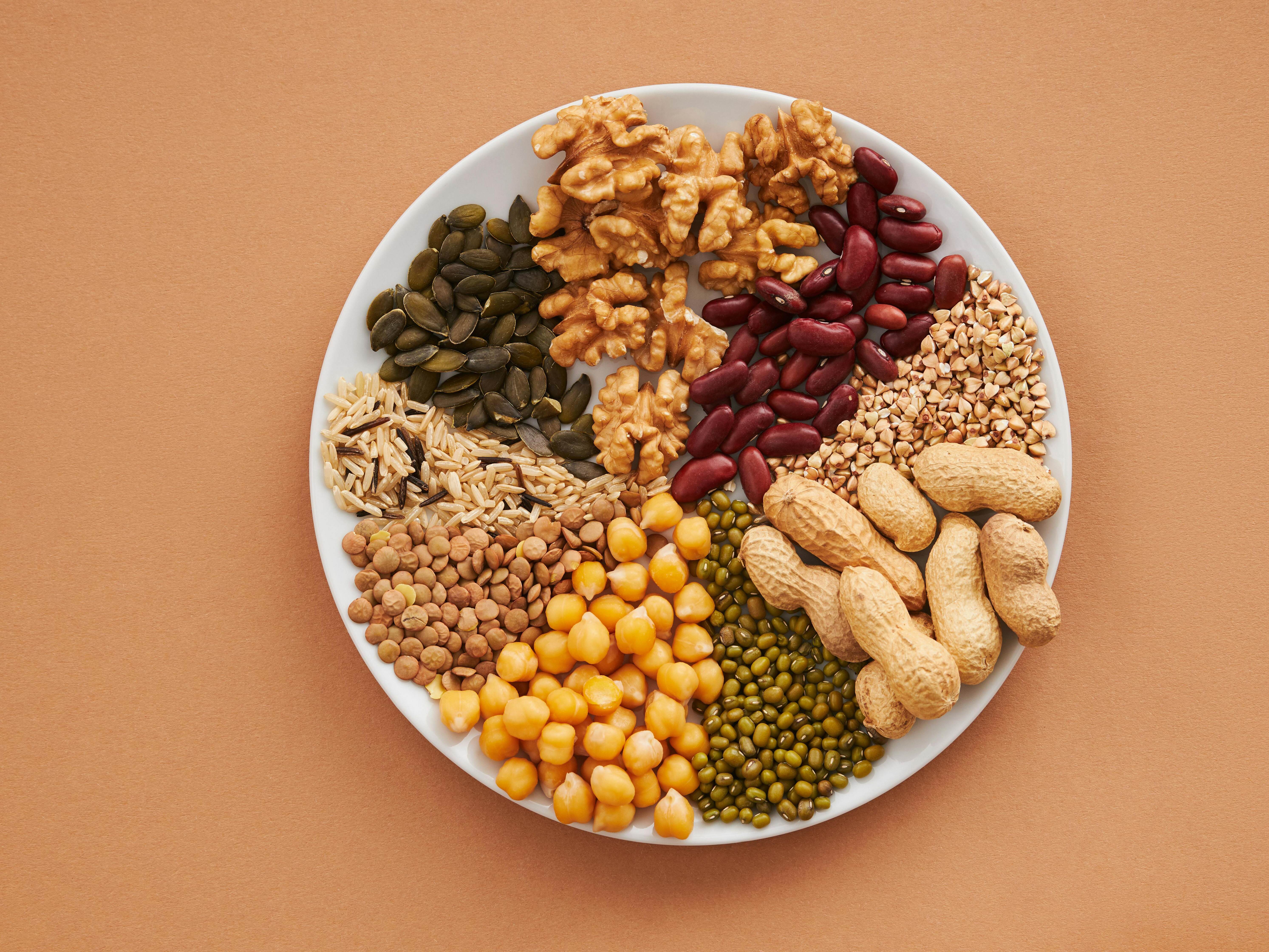

Remedial Dietary Therapy in East Asian Medicine: Heal Yourself with Whole Food
Remedial Dietary Therapy in East Asian Medicine: Healing with Whole Foods
In East Asian medicine, particularly within the framework of Classical Chinese Medicine (CCM), food is not merely sustenance—it is medicine. Remedial Dietary Therapy (Shí Liáo) is a foundational healing modality that utilizes the energetic and therapeutic properties of whole foods to restore balance, nourish the body, and treat disease. This approach operates on the same principles as Chinese herbal medicine and acupuncture but is gentler, more accessible, and seamlessly integrated into daily life.
The Foundations of Remedial Dietary Therapy
Chinese dietary therapy is based on the same diagnostic principles as other branches of East Asian medicine, including:
- Yin-Yang Theory – Balancing cooling (Yin) and warming (Yang) foods to harmonize the body.
- Five Elements (Wu Xing) – Associating foods with the Wood, Fire, Earth, Metal, and Water phases to support corresponding organ systems.
- Qi, Blood, and Body Fluids – Using foods to tonify, move, or regulate these vital substances.
- Thermal Nature (Si Qi) – Classifying foods as hot, warm, neutral, cool, or cold to adjust internal temperature.
- Flavour (Wu Wei) – The five flavours (sour, bitter, sweet, pungent, salty) influence organ function and have specific therapeutic effects.
Herbal Properties of Whole Foods
Many common foods function similarly to herbs in Chinese medicine, possessing distinct therapeutic qualities. Below are some examples:
1. Warming Foods (Yang, Qi-Tonifying)
- Ginger (Shēng Jiāng) – Disperses cold, warms the middle burner, resolves nausea.
- Cinnamon (Ròu Guì) – Strengthens Kidney Yang, promotes circulation.
- Sweet Potato (Hóng Shǔ) – Tonifies Spleen Qi, benefits digestion.
- Lamb (Yáng Ròu) – Warms the Kidneys, strengthens Yang energy.
Clinical Use: Ideal for cold patterns (e.g., Spleen Yang deficiency with bloating, cold limbs, fatigue).
2. Cooling Foods (Yin-Nourishing, Heat-Clearing)
- Pear (Lí) – Clears lung heat, moistens dryness (good for dry cough).
- Mung Bean (Lǜ Dòu) – Detoxifies, clears Summer Heat.
- Cucumber (Huáng Guā) – Promotes urination, reduces damp-heat.
- Watermelon (Xī Guā) – Clears heat, generates fluids.
Clinical Use: Helpful for heat patterns (e.g., sore throat, night sweats, irritability).
3. Qi and Blood Tonics
- Rice (Dà Mǐ) – Neutral, strengthens Spleen and Stomach.
- Dates (Hóng Zǎo) – Tonifies Blood, calms the Shen (spirit).
- Black Sesame Seeds (Hēi Zhī Ma) – Nourishes Kidney and Liver Yin, benefits hair and bones.
- Beef (Niú Ròu) – Builds Qi and Blood, strengthens weakness.
Clinical Use: For Qi deficiency (fatigue, poor appetite) or Blood deficiency (pale complexion, dizziness).
4. Dampness-Resolving Foods
- Chinese Barley/Job’s Tears/Coix Seed (Yì Yǐ Rén) – Drains dampness, supports Spleen.
- Adzuki Beans (Chì Xiǎo Dòu) – Promotes urination, reduces edema.
- Pumpkin (Nán Guā) – Strengthens Spleen, transforms dampness.
Clinical Use: For damp conditions (phlegm, bloating, loose stools).
5. Moving and Regulating Foods
- Radish (Luó Bo) – Descends Qi, aids digestion, resolves food stagnation.
- Hawthorn (Shān Zhā) – Breaks down stagnation, especially from greasy foods.
- Chrysanthemum Tea (Jú Huā Chá) – Clears Liver heat, benefits eyes.
Clinical Use: For Qi stagnation (bloating, irritability) or food retention (indigestion).
Adapting Dietary Therapy for Omnivores, Vegetarians, and Vegans
One of the strengths of Chinese dietary therapy is its flexibility—it can be adapted to any dietary preference or cultural cuisine. The key is understanding the energetic properties of foods rather than relying solely on specific ingredients.
For Omnivores:
- Animal products (meat, bone broth, organ meats) are used for deep tonification, especially for Blood and Yang deficiencies.
- Example: Chicken (warming, tonifies Qi) for fatigue; oysters (nourish Yin and Jing) for exhaustion.
- Balanced approach: Combine animal proteins with grains and vegetables to prevent stagnation.
For Vegetarians (Lacto-Ovo):
- Eggs – Tonify Blood and Yin (similar to animal meats but milder).
- Dairy (in moderation) – Milk (cooling, nourishes Yin); butter (slightly warming).
- Plant-based Blood tonics: Black sesame, dates, goji berries, dark leafy greens.
- Example: Congee with eggs and spinach for Blood deficiency.
For Vegans:
- Protein and Blood-building: Lentils, black beans, tempeh, walnuts, seaweed.
- Iron-rich foods (with vitamin C for absorption): Spinach + lemon juice.
- Calcium sources: Almonds, tahini, fortified plant milks.
- Example: Mung bean soup with seaweed for Yin nourishment.
Cultural Adaptations:
Chinese dietary therapy can be applied to any cuisine by categorizing local foods according to their thermal nature and therapeutic actions.
- Mediterranean Diet:
- Olive oil (moistens dryness, benefits Yin).
- Wild Leeks (warming, disperses cold, anti-parasitic).
- Lemon (clears heat, generates fluids).
- Ayurvedic/Indian Diet:
- Turmeric (warming, moves Blood, anti-inflammatory).
- Coconut (cooling, nourishes Yin).
- Lentils (neutral, tonify Qi).
- Latin American Diet:
- Corn (neutral, strengthens Spleen).
- Avocado (moistening, nourishes Yin).
- Cumin (warming, dispels cold).
- Western Plant-Based Diets:
- Quinoa (slightly warming, tonifies Qi).
- Almonds (nourish Lung and Large Intestine Yin).
- Mushrooms (strengthen immunity, tonify Qi).
Using Dietary Therapy Alongside Herbs and Acupuncture
Remedial Dietary Therapy can be used:
1. As a Standalone Treatment – For mild imbalances or preventive care.
2. In Conjunction with Herbal Formulas – Enhances effects (e.g., eating ginger while taking a cold-dispersing formula).
3. To Support Acupuncture – Strengthens treatment by addressing root imbalances (e.g., warming foods for cold-type Bi syndrome).
Example Protocols:
- Common Cold (Wind-Cold Type): Ginger tea (warming) + acupuncture on LI4 + LU7.
- Spleen Qi Deficiency: Congee with dates and lotus seeds + moxibustion on ST36.
- Liver Qi Stagnation: Rose tea (soothes Liver) + acupuncture on LR3.
Remedial Dietary Therapy is a powerful, often underutilized, branch of East Asian medicine. By understanding the herbal properties of whole foods, practitioners and individuals can harness daily nutrition to prevent and treat disease—either independently or alongside classical herbs and acupuncture. This approach aligns with the ancient wisdom of "medicine and food share the same origin" (Yào Shí Tóng Yuán), emphasizing that true healing begins at the dining table.
Whether you follow an omnivorous, vegetarian, or vegan diet—or adhere to any cultural cuisine—Chinese/East Asian dietary principles can be adapted to support health and balance. The key is to focus on the energetic qualities of foods rather than rigid prescriptions, allowing for personalized and sustainable healing.
The Dancing Crane Acupuncture website, social media and newsletters, offers insights rooted in Classical Chinese Medicine and Holistic Health principles. This content is for educational purposes only and should not replace personalised medical advice or treatment. For tailored guidance, we recommend consulting a qualified natural healthcare practitioner or licensed medical professional.
